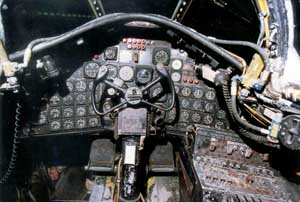Power & Performance
Those special qualities that separate one aircraft design from another. Performance specifications presented assume optimal operating conditions for the North American RB-45C Tornado Jet-Powered Bomber Aircraft.
2 x General Electric J47-GE-13 turbojet engines developing 6,000 lb of thrust each.
Propulsion
570 mph
917 kph | 495 kts
Max Speed
40,256 ft
12,270 m | 8 miles
Service Ceiling
2,529 miles
4,070 km | 2,198 nm
Operational Range
5,950 ft/min
1,814 m/min
Rate-of-Climb
City-to-City Ranges
Operational range when compared to distances between major cities (in KM).



